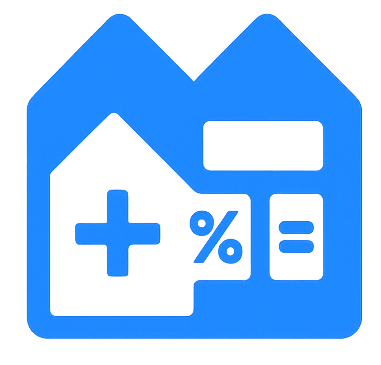Refinancing after a rate surge requires timing, equity analysis, and a realistic break-even calculation. Use these steps to decide when to refinance, how to reduce total costs, and which loan programs to request.
Key takeaways
- Determine your break-even point by dividing total closing costs by the monthly payment reduction.
- Explore combination strategies such as refinancing into a shorter term while eliminating PMI.
- Rate-and-term refinances typically require 20% equity, but streamlined FHA and VA options can work with less.
Audit your current loan
Pull your most recent mortgage statement and identify the current rate, remaining term, and escrow breakdown.
Review how much principal you have paid down. If you crossed the 80% loan-to-value line, removing PMI may deliver instant savings during a refinance.
- Check if you have a prepayment penalty, especially on investment property loans.
- Note your current escrow shortages or surpluses so you budget for any adjustments at closing.
Shop lenders and compare scenarios
Request Loan Estimates for at least two refinance structures: one matching your current term and one shortening it.
Evaluate no-cost refinance offers carefully. Lenders often roll costs into a slightly higher rate, so calculate true break-even timing.
- Add potential cash-out proceeds into the calculator to see how consolidating debt impacts payment savings.
- Consider lender credits to offset closing costs if you plan to move within five years.
Plan the closing timeline
Lock rates during low-volatility windows and coordinate closing with your current payment schedule to avoid double-paying interest.
Set aside funds to replenish escrow accounts. Lenders often require a few months of taxes and insurance at closing.
Action steps to take next
- Track national average rates weekly and save notable drops in a spreadsheet.
- Calculate payment reduction scenarios with and without PMI to compare impacts.
- Collect bank statements and pay stubs before you apply so you can respond to lender requests same-day.
Mortgage questions answered
Can I refinance if my home value dropped?
Possibly. FHA, VA, and some portfolio lenders allow higher loan-to-value ratios. Appraisal waivers may also help if automated systems support your value.
Is cash-out refinancing still attractive with higher rates?
It depends on your debt strategy. Use the calculator to compare blended rates if you are consolidating high-interest debt.
